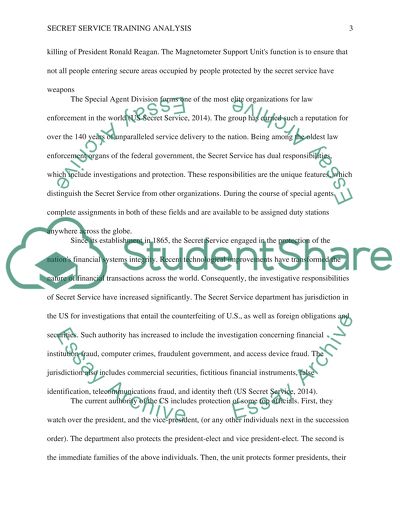Cite this document
(“Training and Development (Secret Service Uniformed and Security Assignment”, n.d.)
Retrieved from https://studentshare.org/human-resources/1686422-training-and-development-secret-service-uniformed-and-security-division
Retrieved from https://studentshare.org/human-resources/1686422-training-and-development-secret-service-uniformed-and-security-division
(Training and Development (Secret Service Uniformed and Security Assignment)
https://studentshare.org/human-resources/1686422-training-and-development-secret-service-uniformed-and-security-division.
https://studentshare.org/human-resources/1686422-training-and-development-secret-service-uniformed-and-security-division.
“Training and Development (Secret Service Uniformed and Security Assignment”, n.d. https://studentshare.org/human-resources/1686422-training-and-development-secret-service-uniformed-and-security-division.


